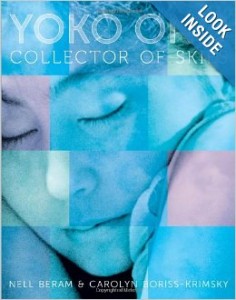 Carolyn Haywood, ushered into the twenty-first century, gently. There were one or two annoying little references that I am not going to dwell on, but overall Mr. Henkes has written a story about second grader Billy Miller that reminds me of my beloved Carolyn Haywood books about Betsy and Eddie and Billy and Ellen. So I can skip the very brief annoyances.
Carolyn Haywood, ushered into the twenty-first century, gently. There were one or two annoying little references that I am not going to dwell on, but overall Mr. Henkes has written a story about second grader Billy Miller that reminds me of my beloved Carolyn Haywood books about Betsy and Eddie and Billy and Ellen. So I can skip the very brief annoyances.
Billy is worried about second grade. He’s afraid he isn’t smart enough for second grade. Ms. Silver, his teacher, assures him that he is smart. Billy then feels “as if he were filled with helium and might rise up like a balloon . . . [H]is mind was sending off sparks.”
Billy’s three year old sister, Sal, is sometimes a nuisance and sometimes an ally. When the two of them try to stay up all night long together, they, of course, don’t make it. But they do bond as siblings.
Billy’s papa is an artist. He’s “waiting for his breakthrough, waiting for things to click.” In the meantime, he makes art out of found objects. And he takes care of Billy and Sal at home while Billy’s mama teaches English at the high school. Billy’s mama is loving and kind. She likes chocolate and rainy days and coffee and quiet. Billy writes a poem about his mom for a school assignment.
Some people at Goodreads and Amazon complained that this book was boring. But I thought it was lovely, with just the right amount of action and second grade angst. If your children haven’t had an overdose of video games and TV and other technology at the ripe young age of seven or eight, The Year of Billy Miller may suit them just fine.
QOTD: What teacher have you had who encouraged you and made your mind send off sparks?
